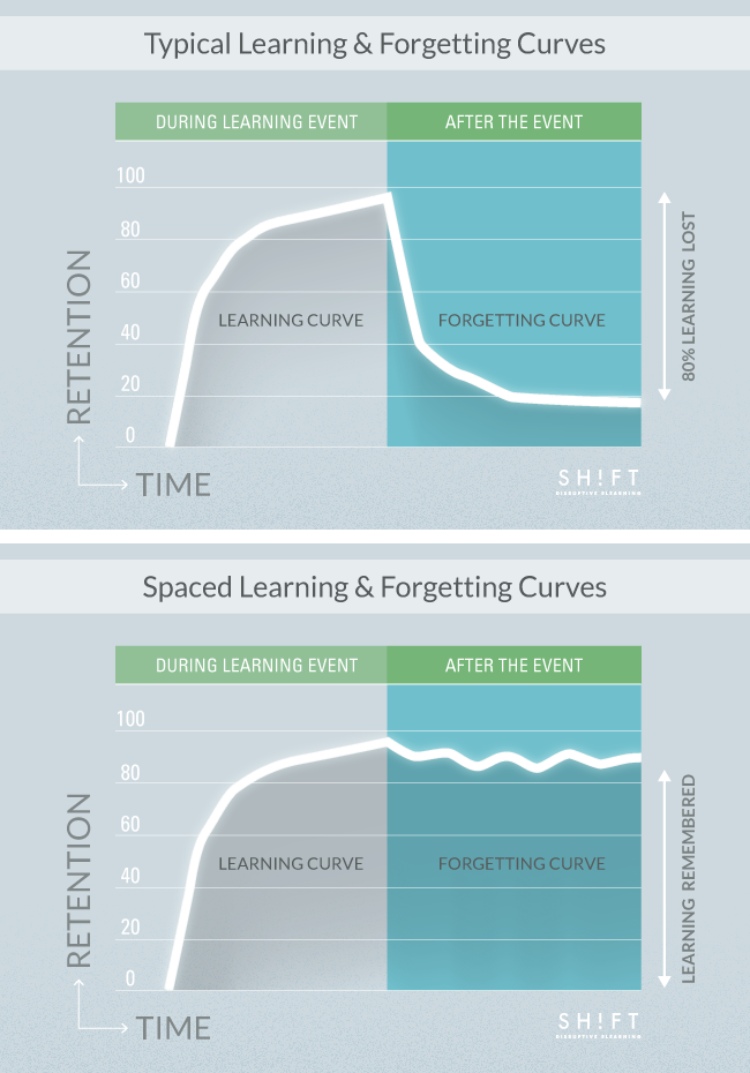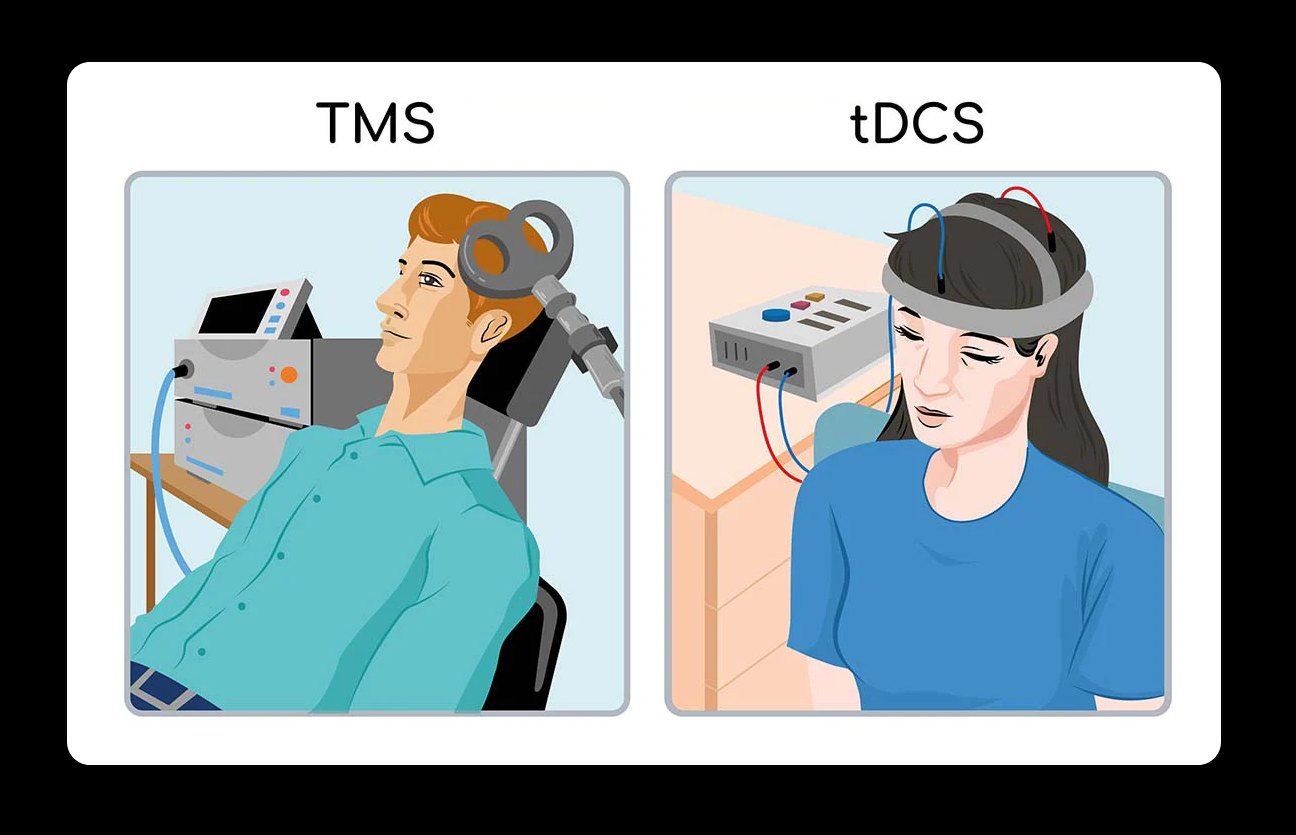The field of neuroscience has made tremendous strides in recent years in understanding the complex processes underlying learning and memory. This knowledge has the potential to revolutionize the way we approach education and training, and has already led to the development of various techniques and strategies aimed at enhancing our ability to learn and retain new information.
One of the key insights from neuroscience research is that learning is not a passive process, but rather an active one that involves the reorganization and strengthening of connections between neurons in the brain. This process, known as neuroplasticity, is driven by a variety of factors, including experience, practice, and exposure to new stimuli.
We can enhance our ability to learn by creating conditions that are conducive to neuroplasticity. This might include providing a stimulating and enriching environment, engaging in activities that challenge the brain, and using techniques like spaced repetition, elaborative encoding, mnemonics, gamification, and other methods to strengthen and consolidate memories.
This research provides a fertile foundation to discover new and unique ways to leverage tools like virtual worlds and artificial intelligence to supercharge the learning process. In this article, we’ll dive into some of the key factors that affect our ability to learn and explore how these findings can inform the way we use technology to empower the next generation of learners.
Spaced Repetition
First let’s explore spaced repetition, a technique that involves spacing learning moments out over time in order to optimize memory retention. Research has shown that spacing out study sessions rather than attempting to cram all the material into a single session can lead to better long-term retention of the material. This is thought to allow for the formation of stronger connections between neurons in the brain, as well as the incorporation of the material into preexisting knowledge structures, thus smoothing out the “forgetting curve”…
The forgetting curve is a concept in psychology that describes the natural decline in the retention of memories over time. According to this curve, we are more likely to forget newly learned information if we do not regularly review and reinforce it. By reviewing material at increasing intervals, we can strengthen the connections between neurons in the brain and consolidate the material into long-term memory. This is particularly effective for material that is difficult to remember or that we are not likely to encounter again in the future. By using spaced repetition to regularly review and reinforce newly learned information, we can significantly improve our ability to retain it over the long term.

Credit: Shift
Elaborative Encoding
Another effective strategy for enhancing learning is known as elaborative encoding, which involves actively making connections between new information and what one already knows. This can involve creating mental images, asking questions, or generating explanations for the material being learned. By actively engaging with the material in this way, we can more effectively encode it into our long-term memory.
Let’s say you are trying to learn about the various types of chemical bonds that exist in the world of chemistry. A simple way to encode this information into your memory might be to simply memorize the definitions of each type of bond. However, an even more effective approach would be to engage in elaborative encoding by actively making connections between the material and what you already know. For example, you might think about the way in which ionic bonds are similar to magnets attracting and repelling one another, or visualize covalent bonds as two atoms sharing electrons like two friends sharing a car. By actively making these connections and engaging with the material in a more meaningful way, you are more likely to encode it into your long-term memory and be able to recall it more easily in the future.
TMS and tDCS
Another example is through the use of neurostimulation techniques such as transcranial magnetic stimulation (TMS) and transcranial direct-current stimulation (tDCS). TMS involves the use of a magnetic field to stimulate specific areas of the brain, while tDCS involves the application of a low-level current to the scalp. Both of these techniques have been shown to be effective in improving memory and cognitive performance in some individuals. For example, a recent study found that tDCS improved memory retention in a group of older adults, while another study demonstrated that TMS improved memory performance in individuals with mild cognitive impairment. While the evidence for these approaches is still somewhat limited, these technologies are showing promise to be effective in improving memory and cognitive performance, particularly in individuals with learning disabilities or age-related cognitive decline. Perhaps we will have TMS and tDCS built right into our VR headsets one day!

Image Credit: Caputron
Gamification
Gamification is the use of game design elements and techniques in non-game contexts, such as education and training, to engage and motivate learners. By leveraging the power of game design, gamification has the potential to significantly improve the effectiveness of learning and make it more enjoyable for learners of all ages. Personalization, progressive challenges, and collaboration and socialization have been shown to be some of the most powerful ways in which we can use gamification in learning. By understanding these key strategies, educators and trainers can effectively use gamification to enhance the learning experience and improve retention of information.
1 – Personalization
One of the most effective ways to use gamification for learning is to personalize the experience to the individual learner. This can involve tailoring the content, difficulty level, and rewards to the learner’s needs, interests, and progress. By making the learning experience more relevant and engaging for the individual learner, gamification can significantly increase motivation and retention of information while making learning more engaging and enjoyable for learners of all ages. The latest advances in Artificial Intelligence are enabling significant improvements in our ability to dynamically provide personalized learning experiences for people of all ages and backgrounds.
2 – Progressive challenges
Another effective way to use gamification for learning is to provide learners with progressively more challenging tasks and goals. This can involve using a variety of game design elements, such as points, badges, leaderboards, and rewards, to motivate learners to push themselves to the next level and to stay engaged in the learning process. By providing learners with a sense of progress and accomplishment, gamification can help to keep them motivated and engaged.
3 – Collaboration and socialization
Gamification can also be used to promote collaboration and socialization among learners. This can involve using game design elements, such as leaderboards and rewards, to encourage learners to work together and compete with each other in a positive and supportive way. By fostering a sense of community and social interaction among learners, gamification can make learning more enjoyable and engaging.
Mnemonic Devices
A range of mnemonic devices may also be used to enhance learning, most of which are used by the world’s leading memory champions.
A mnemonic device is a memory aid that helps an individual remember information by associating it with a familiar object, phrase, or pattern. Mnemonic devices are often used to remember lists of items or to memorize long passages of text, and can take many different forms, including visualizations, associations, rhymes, and acronyms. Mnemonic devices are thought to be effective because they take advantage of the brain’s natural ability to remember associations and create mental images, and can significantly improve an individual’s ability to remember and recall information. These may include the method of loci, the pegword method, the major system, and the link method.
1 – Method of Loci / Memory Palace Technique
For example, the method of loci, also known as the memory palace technique, is a mnemonic device that involves using spatial memory to remember information. To use this technique, an individual creates a mental map or “palace” in their mind, and then associates the information they wish to remember with specific locations within that palace. When it comes time to recall the information, the individual simply “walks” through the palace in their mind and retrieves the information from the various locations. This technique is thought to be effective because it takes advantage of the brain’s natural ability to remember spatial relationships and environments. It is often used to remember lists of items or to memorize long passages of text. The method of loci is a powerful tool for improving memory retention and recall, and has been used for centuries by scholars, actors, and memory champions. By leveraging the brain’s natural ability to remember spatial relationships, this technique can be an effective tool for enhancing learning and improving performance in a variety of tasks.
This technique has tremendous promise for use within virtual reality worlds, making it fast and cost effective to create a wide range of spaces that can be used as the “palace” within which this memory technique is rendered. On top of this, by using an immersive virtual reality headset (or HMD), studies have shown that learners saw a nearly 12% increase in retention, taking their average score from 78.6% to 90.5%. That is the difference between getting an A grade, instead of a C.
2 – The Pegword Method
The pegword method involves using a memorized list of pegwords to associate numbers with objects, which can then be used to remember lists of items. The basic idea behind the pegword method is to create a set of familiar and easy-to-remember words that can be used as “pegs”, on which you can “hang” the items you wish to remember.
To use the pegword method, you first need to memorize a list of pegwords that correspond to the numbers 1-10 (or higher, depending on your needs). For example, the most common pegword list is: “one is a bun, two is a shoe, three is a tree, etc.” Once you have memorized this list, you can use it to remember lists of items by associating each item with the corresponding pegword. For example, if you wanted to remember a list of grocery items that included milk, eggs, and bread, you might associate milk with “one is a bun,” eggs with “two is a shoe,” and bread with “three is a tree.”
The pegword method is thought to be effective because it takes advantage of the brain’s natural ability to remember associations and create mental images. By creating these associations and visualizing the resulting “chain” of items, you can significantly improve your ability to remember and recall information. Additionally, the pegwords themselves are easy to remember and provide a familiar anchor to hang the items you wish to remember on, making the process of recalling the information easier. Overall, the pegword method is a powerful tool for improving memory retention and recall, and can be a useful tool for enhancing learning in a variety of settings.
3 – The Major System
The Major System involves using a set of consonant sounds to represent numbers, which can then be used to remember lists of items. The basic idea behind the Major System is to use a set of familiar consonant sounds to represent the digits 0-9, and then create words that contain these sounds to represent the items you wish to remember.
To use the Major System, you first need to memorize the consonant sounds that correspond to each digit. For example, you could use consonant sounds with letters such as: s, t, k, f, p, v, b, d, g, and z and associate them with the digits 0-9, respectively. Once you have memorized these sounds, you can use them to create words that represent the items you wish to remember.
Similar to the other mnemonic methods, the Major System is thought to be effective because it also takes advantage of the brain’s natural ability to remember associations and create mental images. Additionally, the consonant sounds used in the Major System are easy to remember and provide a familiar anchor, making the process of recalling the information easier.
4 – The Link Method
The link method is a mnemonic device that involves creating associations between the items you wish to remember by linking them together in a logical or absurd manner, and then visualizing the resulting chain of associations. The basic idea behind the link method is to use your imagination and creativity to create connections between the items you wish to remember, and then use those connections to help you recall the information.
To use the link method, you first need to identify the items you wish to remember and then think about how you can link them together in a logical or absurd manner. For example, if you wanted to remember a list of grocery items that included milk, eggs, and bread, you might create a chain of associations by linking milk to a dancing cow, eggs to a chicken running around clucking, and bread to a warm and delicious-smelling bakery. You can then visualize this chain of associations in your mind and use it to help you remember the items on your list.
Sleep & Memory Consolidation
Getting back to nature’s finest, researchers have continued growing their understanding of the role that sleep plays in learning and memory consolidation. Memory consolidation is the process by which newly learned information is transferred from short-term to long-term storage in the brain. This process is essential for our ability to remember and recall information over the long term, and is thought to involve the strengthening and stabilization of the connections between neurons in the brain that are responsible for storing memories.
During sleep, the brain exhibits a variety of electrical and chemical changes that are thought to facilitate memory consolidation. For example, deep sleep is characterized by high-frequency oscillations known as sleep spindles, which have been linked to the consolidation of declarative memories (memories of facts and events). Additionally, the brain releases a chemical called noradrenaline during sleep, which has been shown to play a role in memory consolidation.
Memory consolidation during sleep is not a one-time event, but rather a continuous process that occurs throughout the night. Research has shown that the brain cycles through different stages of sleep multiple times throughout the night, and that each stage may serve a different function in the consolidation of memories. For example, slow-wave sleep, which is characterized by slow, synchronized brain waves, has been linked to the consolidation of procedural memories (memories of how to perform a skill or task).
The process of memory consolidation during sleep is complex and not fully understood, but it is clear that sleep plays a vital role in our ability to remember and recall information over the long term. Building on this, techniques such as sleep-dependent learning and sleep-based memory reactivation involve the use of sleep to enhance learning and memory retention.
Sleep-Dependent Learning
Sleep-dependent learning involves studying material then going to sleep, with the idea being that the material will be consolidated and strengthened during sleep. This technique has been shown through research to be effective in improving memory retention and recall. For example, research has shown that individuals who learn a new task and then sleep for a period of time perform better on a test of the task the following day compared to those who stay awake after learning the task. Additionally, studies have found that sleep can improve performance on a variety of tasks, including language learning, problem-solving, and procedural learning.
One theory is that sleep helps to stabilize new memories by strengthening the connections between neurons in the brain. Another theory is that sleep helps to “replay” and reactivate memories, which may help to consolidate them and make them more durable.
Sleep-Based Memory Reactivation
Sleep-based memory reactivation involves the replay of memories during sleep, typically through the use of auditory cues. This technique has been shown to be effective in enhancing learning and memory retention, particularly for complex or abstract material, as seen with studies from groups like Northwestern University surrounding concepts such as music.
Both sleep-dependent learning and sleep-based memory reactivation take advantage of the natural memory consolidation processes that occur during sleep, and offer promising approaches for enhancing learning and memory retention. However, further research is needed to fully understand the mechanisms behind these techniques and their potential applications in the field of education and training.
Learning and New Technology like VR and AI
So how does all of this relate to our use of new technology to enhance learning? By leveraging the latest findings from the field of neuroscience, tools like virtual reality and artificial intelligence can be designed to support and enhance the natural processes of learning and memory consolidation.
One way that VR and AI can learn from the findings of neuroscience is by creating immersive and interactive learning experiences that utilize mnemonics, gamification, spaced repetition, and other methods to promote the formation of new connections between neurons. This may result in purpose built, memory palace style experiences, tailored to the user with AI. These learning experiences could contain prior-learned, and user-specific, content to reinforce elaborative coding. On top of this, AI can be used to adapt the pacing of the learning experience to ensure that content is being “repetitively spaced” in a cadence that is most effective for them.
At Axon Park, we are developing what we call an Adaptive Cognitive Load Balancing System, or ACLBS in short. You can think of this like a treadmill and smartwatch working in sync to keep the user’s heartbeat at a certain rhythm. On a treadmill, the system would achieve this by speeding up or slowing down in accordance with the users current heart rate. In the virtual world, a wide range of data can be processed in real-time to influence the introduction of stimuli and interactive elements designed to manage the cognitive load of a user – targeting an optimal “flow state” for learning.
Conclusion
In summary, the field of neuroscience has a wealth of insights and techniques to offer when it comes to improving learning and memory retention. From mnemonic devices such as the method of loci and the pegword method, to sleep-dependent learning and memory consolidation during sleep, to gamification, there are a wide variety of ways we can help individuals to learn more effectively. By understanding these methods and leveraging the power of technologies like virtual worlds and AI, educators can help students unlock their next level of potential.



